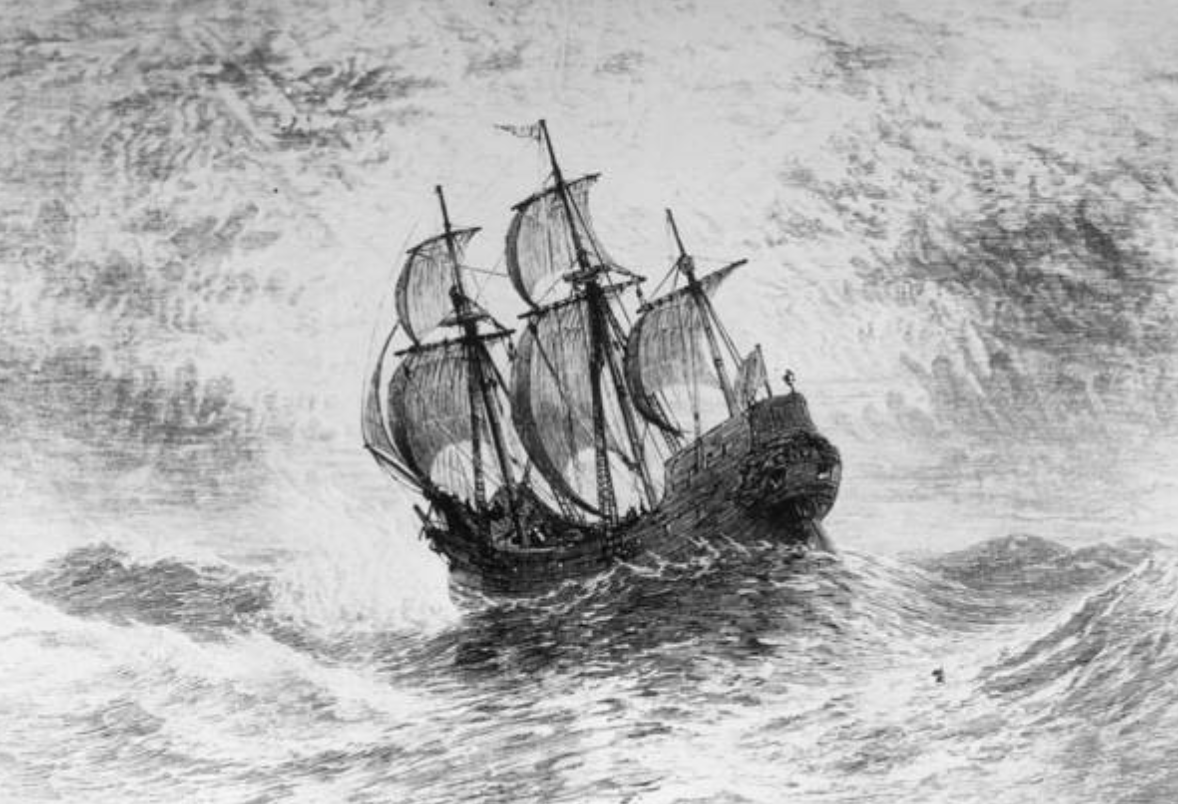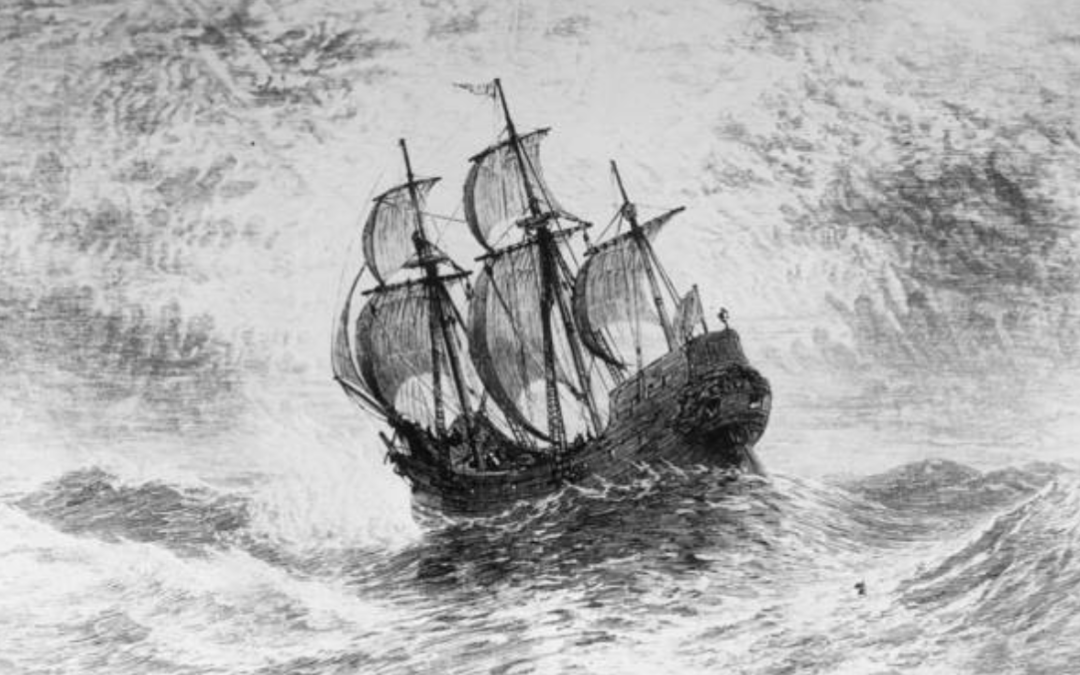
We continue looking at the adversity the 1620 voyage of the Pilgrims to the New World to gain perspective on what our own enterprizes may face:
Before They Sailed
- The charismatic John Robinson, a Pilgrim leader, urged his Separatists Pilgrim friends to get along with the “Strangers” (non-Christians forced upon them); even the caustic and obnoxious Christopher Martin.
- This non-judgmental attitude did not come naturally to the Pilgrims. As Separatists, they considered themselves godly exceptions to the vast, unredeemed majority of humankind. A sense of exclusivity was fundamental to how they perceived themselves in the world. While this sense of exclusivity had softened during their 12 years in Holland, it was still a part of their identity.
The Mental & Emotional Cost Before Sailing
- Fear of the unknown is always a factor – in starting a business, launching a venture, going to the moon or crossing the Atlantic in 1620. The unknown, and the “what ifs” drain physical and emotional energy, while leaving the future situation largely untouched.
- When problems arose at sea with the Speedwell, a vessel the Pilgrims had purchased, both ships returned to southern England. After repairs to the Speedwell, the passengers were near panic and with good reason. It was August 17. “Our victuals [food] will be half eaten before we go from Southampton [England],” wrote Robert Cushman, the leader of the Pilgrims at that point. More decided it was time to abandon the voyage, even though they would lose everything they had invested so far, which for some was everything they owned. Some just wanted out.
The two ships departed from Dartmouth and were about 200 miles from England when the Speedwell sprang another leak. Her captain – a Mr. Reynolds – had purposely over mastered her. That is, he put up too much sail and out into the Atlantic, the extra sail put such torque on the hull, the excess strain opened seams between the planks, causing the hull to leak porously. Reynolds said they had no choice but to turn back, claiming the ship was unsafe.
It was a devastating reversal. The ship had been expensive. Losing her requiring as many people as possible to cram themselves aboard the Mayflower. Some took the opportunity of being in port to opt out.
- The landlubbers did not know that simply reducing the amount of sail would tighten the hull and stop the leaks. Back in port, after the Pilgrim crammed themselves aboard the Mayflower, the Speedwell was refitted by her new owners with less sail and became profitable. The Pilgrims had been fooled. “Time and time again during their preparations to sail for America, the Pilgrims demonstrated an extraordinary talent for getting duped.” Philbrick, page 46. William Bradford later concluded that Mr. Reynolds’ fear of starving to death in the New World may have motivated his deception.


Recent Comments